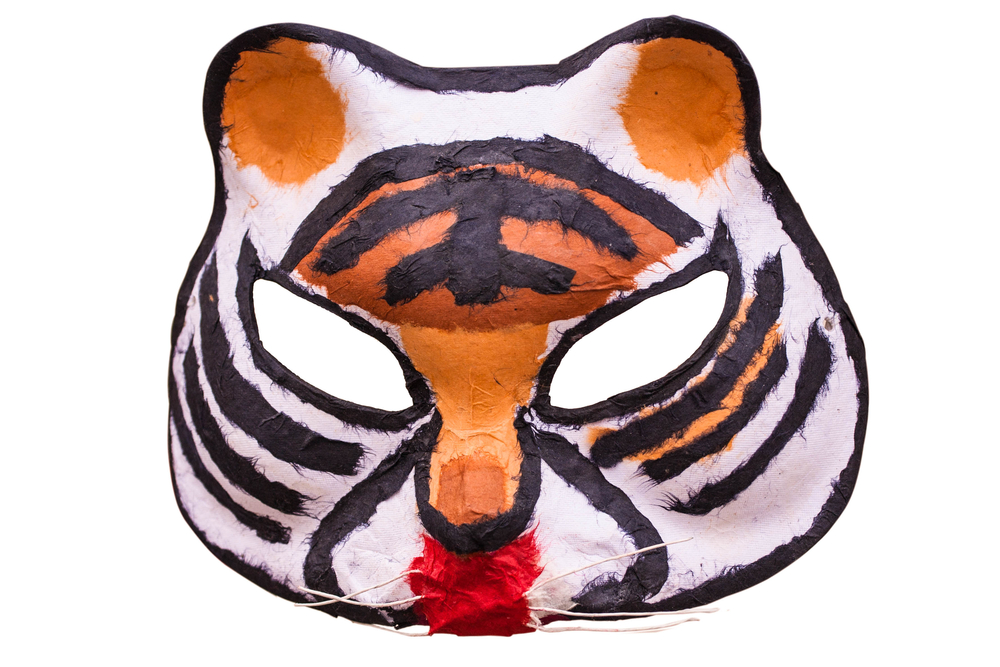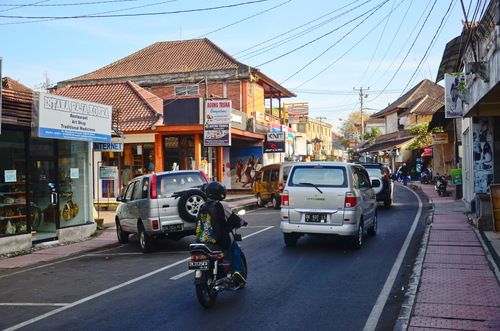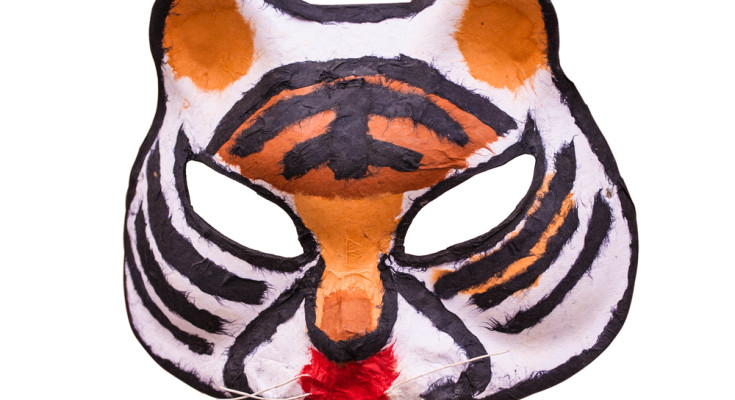|
 Picture by Shutterstock
It was a dark and stormy night in Bali. To be precise, it was a stormy, moonless night of Kajeng Kliwon, a calendrical conjunction that occurs every fifteen days, when malevolent spirits are said to be out on the prowl. Like any true blue Balinese on such a spooky evening, I would have preferred to stay home. But a friend called with a problem and so I hopped on my motorbike for his village in the hills above Tegalallang, north of Ubud.
This friend of mine, like many others in the area, had followed the tourist boom, selling some family land and trading on the reputation of Bali as an island of artists to open a business making carved wooden handicrafts. But with the political upheavals in Indonesia and abroad, what had once seemed like a smooth path to success was turning into a very bumpy road. Few tourists now visited his little art shop and his overseas orders had slowed. “You know about politics,” he said. “Do you think things will get better?” I couldn’t come up with an answer, I could only ponder how the production of “authentic” Balinese art and craft had become so dependent on things happening islands and countries away.

After talking with my friend, I headed home, tossing back a (very small) glass of arak to fortify myself against the chill of the night. It was a wet, unpleasant ride and I felt myself dozing off when suddenly something jumped out in front of me. I swerved and pulled off the road, blinking in surprise as what appeared to be a pack of orange and black striped tigers ran off into the bushes. I blinked again. I shivered, but this time not from the cold. I knew that tigers had long ago roamed Bali, but I doubted than any had managed to survive extinction. They must be leak, I thought, those people who can shift their shapes into demons. I restarted my bike and raced off as fast as I could, before the furry fiends could follow me.
The next day, the bright sunshine made my panic of the night before seem silly. And as my fear faded, my curiosity rose. What were tigers doing running through the streets of a handicraft village in Bali? Determined to find out, I headed back for the hills. The street where I had spotted the tigers was lined with small art shops like my friend’s, but they were surprisingly quiet. The doors were closed, the parking lots were empty and the workshops were silent. Finally, I came across a group of young men splayed out on the edge of the street, dozing off in the late morning heat. I approached them and, a bit embarrassed, said I had ridden through their village the night before. No sooner had I started to speak than they broke out in grins. “Did you see something strange?” one asked. “You thought it was a leak,” said another. One man clapped his hands and called out and suddenly the apparitions appeared: five mangy dogs, painted from heads to tails like tigers.

“Lots of people are scared of them,” one of the young men said, “but you’re the first person who’s ever come back to ask about them.” He explained that he and his friends, who worked as handicraft artisans, had been bored and frustrated with the slowdown in business. “We had no orders, but we had a lot of leftover paint. We wanted to paint something, so we painted dogs.” I had heard of Balinese painting lots of things: handicrafts, houses, trucks, even, during political campaign season, the occasional wall or tree. But I’d never heard of anyone painting a dog. At first I worried that these young men had lost their minds. Then I thought about what animal-loving tourists to their village would say. But then I thought that in a strange way, these canine canvases were walking, barking proof of what Westerners like to believe about Bali: that it’s an island of artists, where the compulsion to create cannot be stifled, even when there’s nobody buying and the art might bite.
First published in Latitudes Magazine
|
